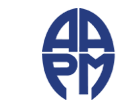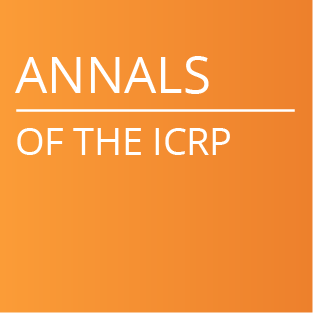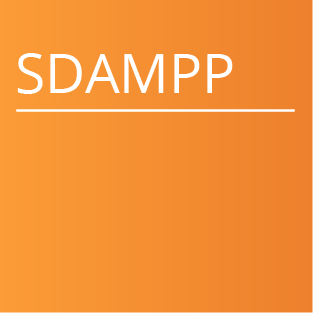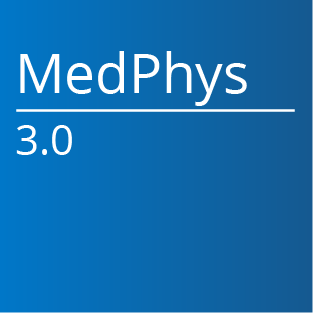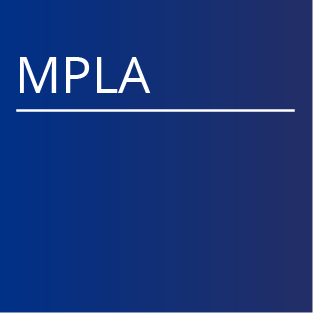An AAPM Grand Challenge
Overview
AAPM is sponsoring a Challenge on the evaluation of SPECT/CT reconstruction quantification accuracy with the Actinium-255 isotope. The two top-performing teams (one member per team) will be awarded complimentary meeting registration to present on their methodologies during the AAPM Annual Meeting & Exhibition in Washington, DC from July 27-31, 2025 (in-person attendance is required). The Challenge organizers will summarize the Challenge results in a journal publication after the Annual Meeting.
Background
The use of Actinium-225 (Ac-225) in targeted alpha therapy (TAT) has attracted significant attention due to its potent ability to destroy cancer cells, particularly in the treatment of metastatic diseases. Ac-225 has found use in therapies for a variety of cancers such as melanoma, glioma, lymphoma, and increasingly in prostate and neuroendocrine tumors because of its high linear energy transfer and short tissue penetration range on the scale of a few human cells, enabling precise tumor targeting while minimizing damage to surrounding healthy tissues. Single-photon emission computed tomography/computed tomography (SPECT/CT) imaging plays a pivotal role in these therapies, offering critical diagnostic and therapeutic guidance. However, achieving accurate quantitative imaging of Ac-225 remains a major challenge.
Ac-225 undergoes a complex decay process over a half-life of 9.9 days, emitting multiple alpha particles and gamma photons. The gamma emissions typically used for imaging, such as those from its daughters Bismuth-213 (Bi-213) and Francium-221 (Fr-221), are low in abundance (<30%) and occur at high energies (218keV and 440keV), which pose significant challenges to the sensitivity and resolution of SPECT/CT systems. These factors directly impact the accuracy of imaging. Moreover, there is no standardized approach for defining energy windows or applying scatter correction, both of which are essential for reliable quantitative imaging within clinically acceptable scan times (Tulik et al., 2024; Benabdallah et al., 2021). Compounding these difficulties are the small administered activity of Ac-225 in TAT’s —typically just a few MBq—while the sensitivity of standard SPECT/CT systems rarely exceeds 10 cps/MBq per daughter isotope. These technical challenges represent key obstacles to optimizing imaging protocols for Ac-225 and, consequently, to advancing TAT.
Goal of the Challenge
The ACTI-QUANT Challenge aims to address key challenges in quantitative SPECT imaging with Ac-225 by focusing on two fundamental questions:
- What are the optimal methods for acquiring and reconstructing Ac-225 data to ensure accurate quantification?
- How can these methods be standardized for both clinical and research applications?
To tackle these questions, the challenge is structured as a two-stage, data-driven initiative. Participants will engage with real-world phantom datasets, specifically SPECT projection data, provided by the organizing team. The objective is to quantify and reconstruct Ac-225 SPECT/CT data, ultimately identifying and refining best practices to improve the accuracy, reliability, and clinical utility of Ac-225 imaging.
By advancing these methodologies, the ACTI-QUANT Challenge seeks to deliver actionable insights and technical advancements that address existing barriers in quantitative imaging. These outcomes are intended to facilitate the broader adoption and optimization of Ac-225-based therapies, paving the way for more effective and personalized targeted alpha therapy.
Important Dates
- Challenge platform opens for registration: February 15, 2025
- Phase 1 begins, the associated data is available for download: March 1, 2025
- Deadline for submission of Phase 1 results: March 30, 2025
- Poll for data collection in Phase 2 is open: March 1-7, 2025.
- Competition part of Phase 2 starts. Final results of Phase 1 are published online Challenge platform: April 5, 2025
- Deadline for submission of Phase 2 results: April 30, 2025
- Final results of Phase 2 are published online Challenge platform May 5, 2025
- Winning methodologies presented at the Grand Challenges session of the 2025 AAPM Annual Meeting in Washington, DC (July 27-30, 2025). In-person attendance required.
Dataset
The ACTI-QUANT Challenge will utilize two series of SPECT/CT phantom scans with known activity levels to systematically evaluate quantitative imaging performance.
Challenge Format
Phase 1: Evaluating Quantification Accuracy (March 1 - March 30)
In this phase, the focus is on assessing the accuracy of reconstruction methods using a simplified geometric phantom. Specifically, we will use the NEMA IQ phantom containing a 37 mm “hot” sphere and a cold background, filled with Ac-225 of a known activity concentration. The scans will be performed using acquisition settings recommended by Benabdallah et al. (2021).
Participants will receive:
- Real-world projection data acquired from the NEMA IQ phantom.
- The Ac-225 point source sensitivity value, measured using an Intevo Bold SPECT/CT scanner.
All activities will be measured with a radionuclide calibrator calibrated with an Ac-225 source traceable to a reference standard and all scans will be conducted on an Intevo Bold SPECT/CT system. This ensures the data aligns with best clinical practices. By comparing real-world data to the ground truth, participants will evaluate the accuracy and robustness of current reconstruction methods under clinically realistic conditions.
Phase 2: Optimizing Acquisition Parameters
The second phase shifts focus to identifying optimal acquisition parameters for Ac-225 SPECT/CT imaging.
- Participant Input (March 1-8, 2025):
Registered participants will be invited to participate in a poll to share their preferred acquisition settings for Ac-225 scans. These settings may include parameters such as:
- The number and locations of energy windows.
- The number of projections.
- The acquisition time per projection.
- Data Generation (March 1-30, 2025):
Based on the poll results, we will select the most popular acquisition settings and acquire new real-world data using these parameters. Data will be acquired using an anthropomorphic phantom. In addition to the participant-defined settings, we will generate a second dataset using the acquisition parameters from Phase 1 for comparison. - Participant Analysis (April 1-30):
Participants will receive these new datasets for reconstruction and analysis. This collaborative approach will ensure a broad exploration of acquisition parameters and help identify the optimal settings for accurate and efficient Ac-225 imaging.
By combining participant-driven exploration with structured datasets, the ACTI-QUANT Challenge fosters a collaborative effort to improve the standardization and optimization of Ac-225 SPECT/CT imaging protocols.
Submission data
In each phase, participating teams will be required to submit a fully quantitative reconstructed SPECT/CT image in the DICOM sequence format, based on the projection data provided by the challenge organizers. Additionally, teams will need to complete a questionnaire detailing the methodologies and parameters used to generate their reconstructed data. This ensures transparency and facilitates a comprehensive evaluation of the different approaches employed.
Evaluation metrics
Each submission will be evaluated based on two performance metrics:
- Total Quantification Accuracy: This metric assesses the absolute error between the reconstructed activity within the volume and the known activity levels used to fill the phantom.
- Structural Similarity Index Measure (SSIM): This evaluates the structural similarity between the participant's reconstructed image and an ideal reference label map. The reference map will be generated using a 3D model of the phantom and the known activity distribution in the filled sections.
These metrics ensure a comprehensive assessment of both quantitative accuracy and image quality.
References
- Tulik et al., 2024 https://ejnmmiphys.springeropen.com/articles/10.1186/s40658-024-00635-1>
- Benabdallah et al., 2021 https://www.thno.org/v11p9721.htm
Organizers
- Dr. Oleksandra (Sasha) V. Ivashchenko, University Medical Center Groningen, the Netherlands
- Dr. Eero Hippelainen, University of Helsinki and Helsinki University Hospital, Finland
- Dr. Jim O’Doherty, Siemens Medical Solutions/Medical University of South Carolina, USA
- Dr. Johannes Tran-Gia, University Hospital Würzburg, Germany
- Dr. Mattias Sandström, Uppsala University, Sweden
- the AAPM Working Group on Grand Challenges
Contacts
For further information, please contact Challenge Organizer Dr. Sasha Ivashchenko, AAPM-WGGC Chair Dr. Karen Drukker or AAPM staff Emily Townley.
